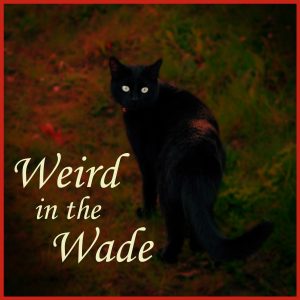
Crab Lane Gardens
Crab Lane gardens stretched from the back of the Stratton House Hotel today through the car park and over the site of Chestnut Avenue from the library and up to just past the ambulance and fire stations. Chestnut Avenue was not added until after the second world war. The gardens had been there for at least 100 years at that time.
These chestnut trees are what remain of the gardens.

These flowers were growing up against the side of the old school room on Crab Lane.

There is now a community garden along Crab Lane which does seem fitting.
Camden House School
The images shown at the top and bottom of this page are postcards from the period the Miss Birds were teaching at Camden House School which is shown on the images with Camden Cottage attached and nearest to the edge of the photograph.
Today Camden House looks like this:

Below is an photo of Crab Lane looking along it towards London Road. The low single story white buildings on the right are the old school rooms.

Fairy Glen
Below is photograph of the fairy tree created outside the library when one of the old chestnut trees was chopped down due to disease.

Biggleswade’s Tunnels

The photo above shows the archway in the cellar of 95 High Street (Camden Cottage as was part of Camden House.) Set into the archway is a window which behind shows a bricked up tunnel entrance. I’d love to know if anyone has any suggestions as to why there is a window there?

The map above is one I have marked with purple dots to denote where we know a tunnel entrance is found. The green dots show where we know there is a haunting. There are only two green dots which don’t have a corresponding purple dot! There is one purple dot that does not have a ghost story attached to it, and that is Dee Dee’s vegan cafe.
Below is the map Beverley drew me I will look more closely at both maps in the next episode.

Annie Bryant
The link to the website below will take you to the site Capture Burnham which includes the photo from 1910 of the schoolgirls and teachers at the school Annie Bryant attended. Annie should be on that photograph. She would have been 16 at the time. There are also images of St Margaret’s school Burnham on Sea which will give you an idea of what Camden House will have looked like, though on a slightly less grand scale.


